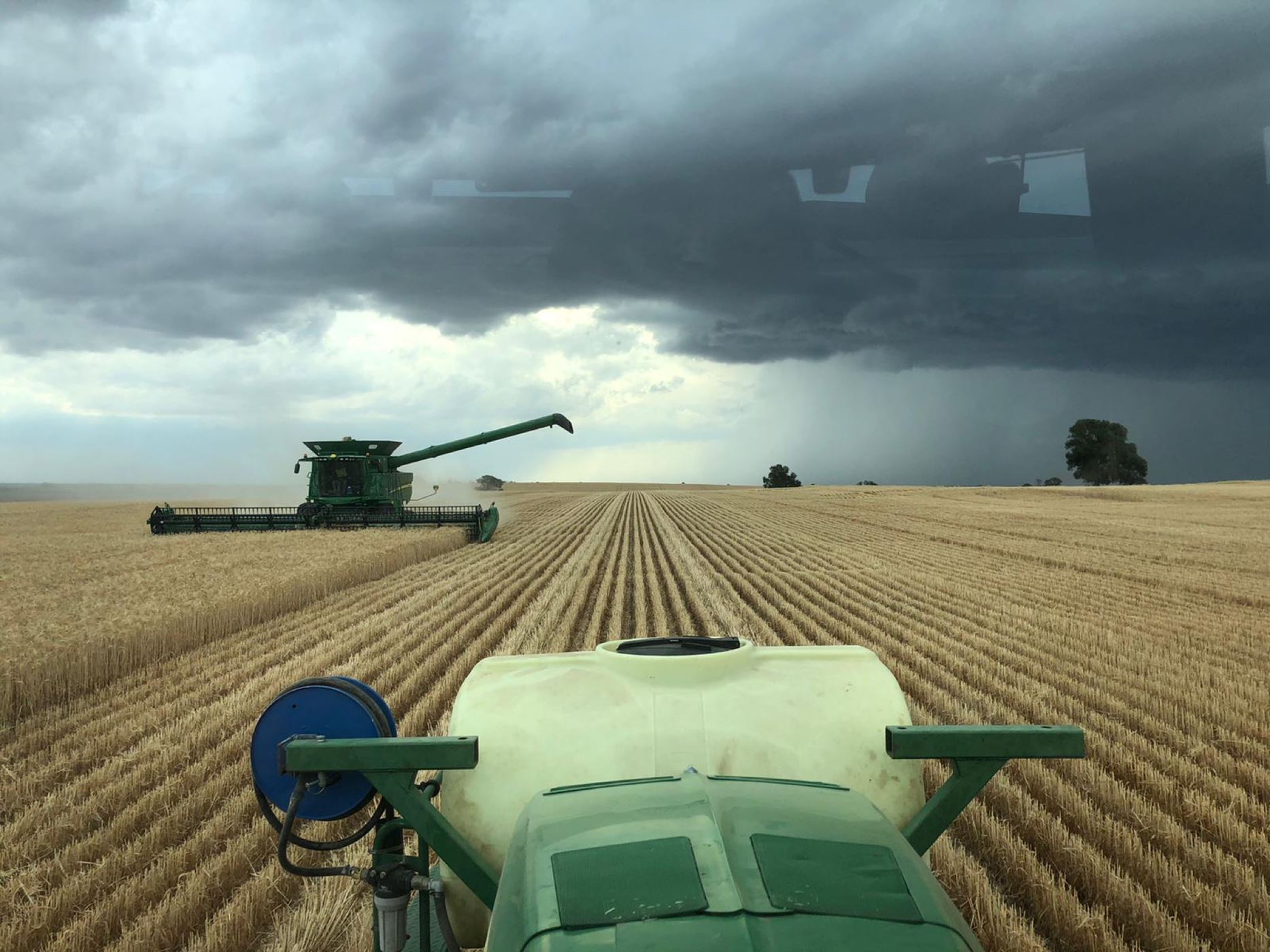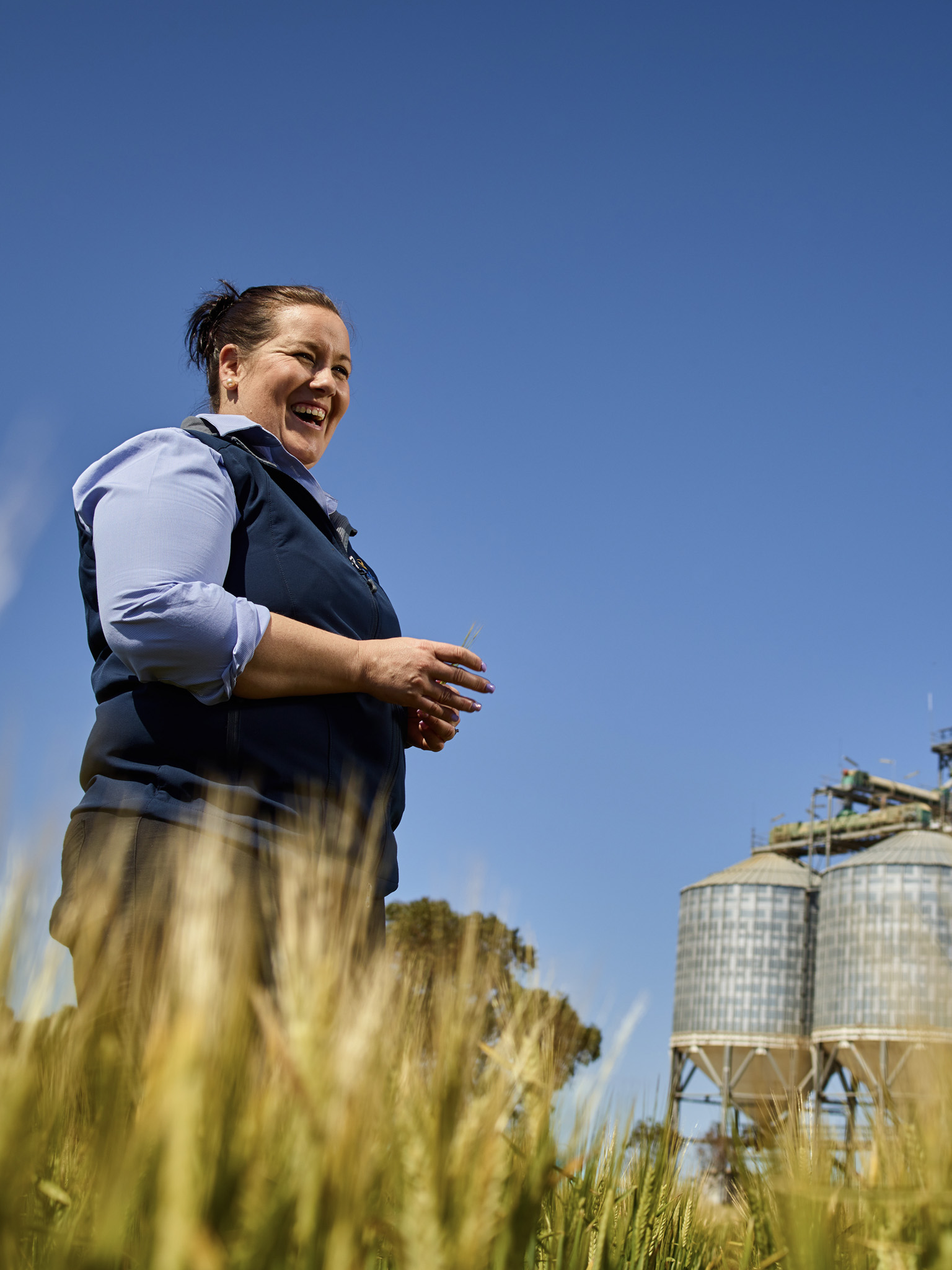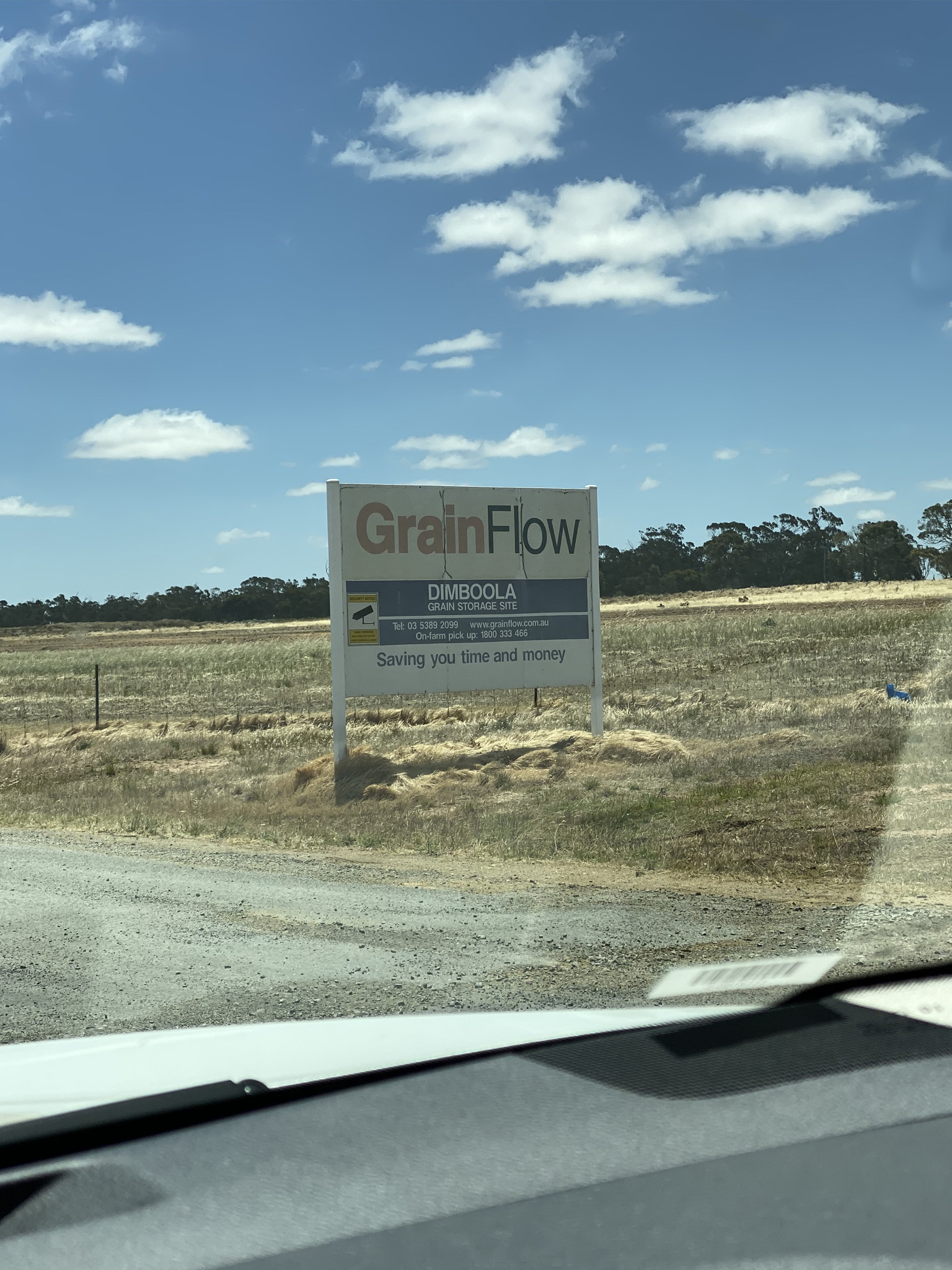Rising prices into an increasing crop
By Nicholas Robertson
Watching the commodities market over the past six weeks has been fascinating for grain market enthusiasts and rewarding for a large portion of growers across the cropping belt. Wheat, barley and canola have all seen harvest pricing move north at a pivotal time. Harvest is at various stages from Central Queensland to Central New South Wales, though rain has delayed it for the time being. This year’s winter wheat crop is heading for 28mmt, compared with last years 15mmt, it is chalk and cheese. In the past when Australian grain growers harvest such a large crop, they tend to expect lower or a declining price. However, if 2020 has taught us something, expect the unexpected.
There has been talk of a La Niña developing all year which usually results in higher than average rainfall in Eastern Australia and lower than average for the American continent. This has been an important factor in lifting CBOT futures pricing. Southern US and parts of South America have experienced dry weather and diminishing moisture levels. Dry weather in Russia is the big story and as you will have noticed is getting a lot of attention and will continue to. With Russia being the largest exporter of wheat in the world they will have the biggest influence on market moves. While all the above suggests a very bullish outlook, things can change quickly as we learnt this year with China and the barley trade. Russia dryness is what everyone is talking about and they did experience dryness in sowing last year and they ended up harvesting a monster crop. They also have the spring wheat plant to follow which may just end up bigger. With the demand picture, China seems to be always front and center and this year is no different. What they do with Australian wheat into next year is anyone’s guess but one thing for certain is that it will have an impact on our price.
As a grain grower in rural New South Wales, studying news stories of supply and demand around the world can be confusing as can collating, reviewing and implementing the data into a marketing plan. Having a plan is the first step to success and executing that plan is the real challenge. Setting price targets can help buyers identify opportunities that may be of interest and if nothing else promote a phone call to check. Full time traders can’t predict what the market will do on any day or month so don’t expect to pick the top.
New South Wales will produce one of its biggest crops ever which is extremely pleasing when you look back at the past three years. On the back of this massive crop is above average pricing heading into harvest which is when the bulk of grain and seeds get sold. All that is needed now is a dry and safe harvest.
It's go time for a bumper harvest

All in all, the stage looks set for a bumper harvest in the eastern states with all attention now turning to the weather forecasters for clarity on the harvest outlook.
Read MoreExports in focus as Cargill becomes an Australian Trusted Trader

In time for harvest, Cargill has been accredited as an Australian Trusted Trader by Australian Border Force and The Department of Home Affairs. This means Cargill will be able to clear Customs more easily and quickly, allowing our customers to receive goods in a timely manner.
Read MoreInternational Day of Rural Women

Today is International Day of Rural Women, did you know globally, that one in three employed women works in agriculture?
Read MoreGrainFlow team gear up for a big harvest at Dimboola

Under the new management team of Philip Sherwell and Wayne Madden, the Dimboola GrainFlow site is preparing for a big Wimmera harvest.
Read More